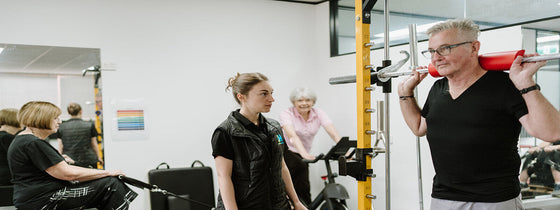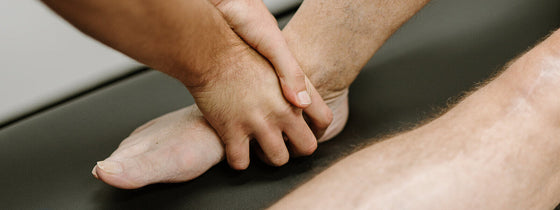The wrist consists of many small bones which then articulate with each other to create numerous joints. And with bones and joints come muscles, tendons, ligaments and more structures! So yes… it can get complicated. But let’s run through a few examples of common sources of wrist pain. Please note that this is not an exhaustive list and as always, you should see a healthcare professional for an individualised assessment.
TFCC injury
TFCC stands for triangular fibrocartilage complex. It holds the two ends of the forearm bones together and serves to stabilise, support, and cushion the wrist. There are two common causes for a TFCC tear:
Symptoms may include
Distal radius fracture
The radius is a bone that runs along the thumb-side of the forearm and connects to the thumb. A distal radius fracture is a break in the part of the radius close to the thumb. It typically occurs when falling on an outstretched hand. This is one of the most common types of upper body fractures and can be further classified into different types of distal radius fractures! It can often be diagnosed with an x-ray.
Common symptoms
Scapho-lunate ligament injury
The scapho-lunate ligament connects the small scaphoid and lunate bones in the wrist together. This ligament is also commonly injured when falling on an outstretched hand. However, it can also occur from repeated strains or age-related changes. Injury to this structure can result in scapho-lunate instability. This type of injury may also be accompanied by a scaphoid fracture.
Common symptoms
Carpal tunnel syndrome
Carpal tunnel syndrome is a condition where one of the nerves supplying the hand (the median nerve) becomes compressed as it passes through the wrist. This condition tends to develop gradually without specific trauma and symptoms may be inconsistent early on. Often there is not a singular cause for this but rather a combination of factors. These include:
Common symptoms
How can physiotherapy help?
Management for all these conditions and each individual will vary. However, physiotherapy can certainly help you to restore wrist and hand function. The key principles are to firstly reduce pain and swelling, restore range of motion, and then improve strength and functional capacity. In some cases, you may also need further input from a doctor.
If you’re experiencing wrist pain, book in to see one of our Physiotherapists for further help!

If you're experiencing back or neck pain with neurological signs and symptoms, a thorough neurological examination is crucial for accurate assessment and effective treatment. In this Optimal Tip learn more about what we mean by completing a neurological exam!

Squats, deadlifts, and calf raises are key movement patterns that should be part of every strength and conditioning program—regardless of age and activity level. These functional movements support joint health, improve posture and balance, and reduce the risk of injury while building strength where it matters most.

A ganglion cyst is a fluid-filled swelling that typically forms over a joint or tendon sheath, causing discomfort and pain, especially when pressing against nerves or joints. Proper assessment and treatment, including physiotherapy, are essential for managing symptoms and improving function in the presence of a ganglion in your hand, foot, or wrist.